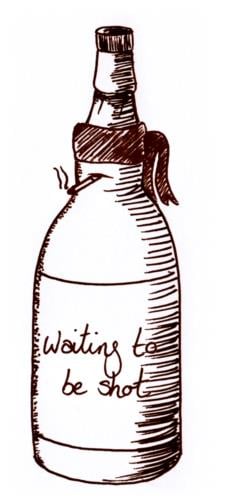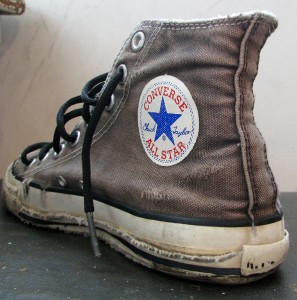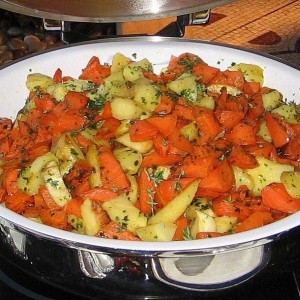 A vatting of Islay region whiskies – 46%ABV – $80 – $100 | £30 | €35
A vatting of Islay region whiskies – 46%ABV – $80 – $100 | £30 | €35
Continuing my week of vatted/blended whiskies, I move onto “Big Peat”.
Not sure about what it’s like where you are but, it’s getting colder around here (Connecticut, USA). Especially at night. I’m seeing temps at 40 – 55deg fahrenheit (about 4.5 – 13deg celsius). To me, based on my patent pending Mood-And-Season-O-Meter™, this means peat season!
I love a good smokey Islay malt in the fall & winter time (heck, I’ll take a heavy/smokey Campbeltown or a peated Highland malt too). Mood will affect what you reach for in a whisky and season will affect your mood. It’s the triple “S” effect. No, not Shit, Shower & Shave. Stupid, simple science. Light & fruity whiskies (and wines) for the warmer months, heavy (and/or peaty for whiskies) and big for the cooler months. Stupid, simple science.
I’ve been hearing a whole heck of a lot about the cost of this whisky accompanied with complaints of: “why so much for a… blend?” Many folks see that this is, and is labeled as, a blended whisky so they wont break out their wallets for it because of the higher cost (especially in America).
Statements such as these make me break out my soap box so I can scream to the world “MORE THAN 90% OF SINGLE MALTS ARE BLENDS PEOPLE!!!”
Yes, it’s true. That Glenfiddich 12, Highland Park 18 or Caol Ila 18 you love so much is a blend of many different barrels which could (and do) contain whiskies that are, 12, 15, 18, 25 years, etc… to create a flavor profile that the distilleries are comfortable labeling as their 12, 15 or 18 year old product. Single Malt simply means that the whiskies were malted at the same single distillery. The age statement tells you what the youngest whisky is that blend, I mean, single malt.
Update: In years past, if you mixed different malt whiskies from different distilleries it was OK to call it a “vatted malt”; if you mixed malt whisky with grain whisky it was then called a “blend”. Even though this is a vatting of four different single malt whiskies, the SWA has deemed that a mixture of whiskies from two or more distilleries (be it malt or grain) is now to be called a “blend”. While I’m not sure I agree with this move, thems the breaks when it comes to labeling Scotch whisky!
OK, off of my soap box. Let me review this fluid to see if it’s worth its weight in whisky:
On the nose – Well, there is big peat in here for sure! A nice peat blast upon initial whiff.
 Very briny and a blast of lemon zest.
Very briny and a blast of lemon zest.
Do I detect a bit of sherry influence here (mere hints of dried fruits)?
 Well used canvas sneakers (rubber, canvas and salty perspiration).
Well used canvas sneakers (rubber, canvas and salty perspiration).
A little flinty (maybe the Port Ellen rearing it’s head).
The smoke is a dirty one.
On the mouth – It’s all about the mouthfeel here folks.
Lush, chewy and coating. Yum!
 Stewed root veggies. Salty, salty, salty.
Stewed root veggies. Salty, salty, salty.
Less of a smoke attack on the mouth here.
 Teas galore: Chamomile, Sencha, Black Oolong and Rooibos – it’s all there and a bit over steeped.
Teas galore: Chamomile, Sencha, Black Oolong and Rooibos – it’s all there and a bit over steeped.
Finish – Sweet carrots and singed tea leaves, all in the back of the mouth.
In sum – Tough to tell which whisky is strongest here. The Ardbegian lemons are out there for sure but so is the flintiness of Port Ellen and the mouth feel of many Bowmores I’ve have. I’d be happy to enjoy this on a hot summer’s day. Seriously. It’s bright and refreshing (even with all of that peat smoke) like a nice Caol Ila. Kudos to the people who made this blend. Well done. Take a bow (more)! Impressive.
